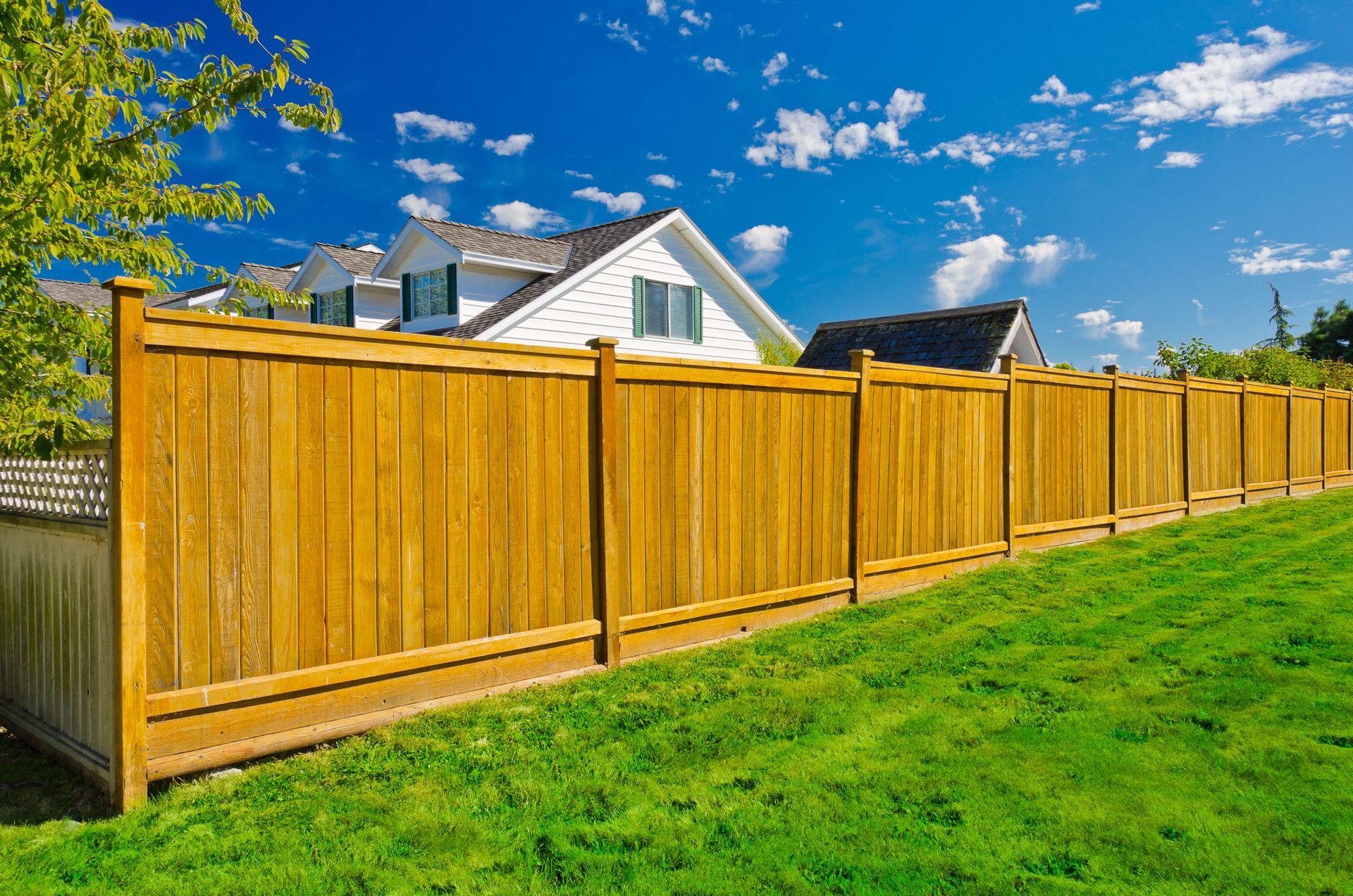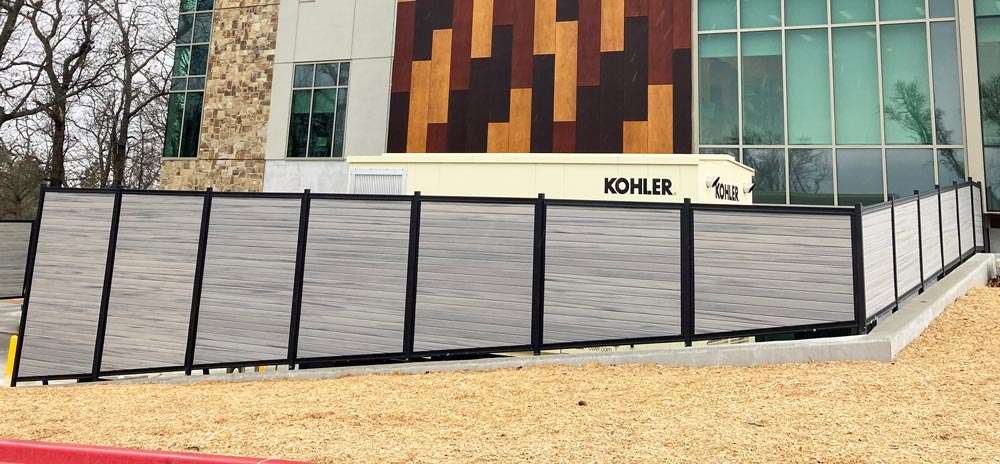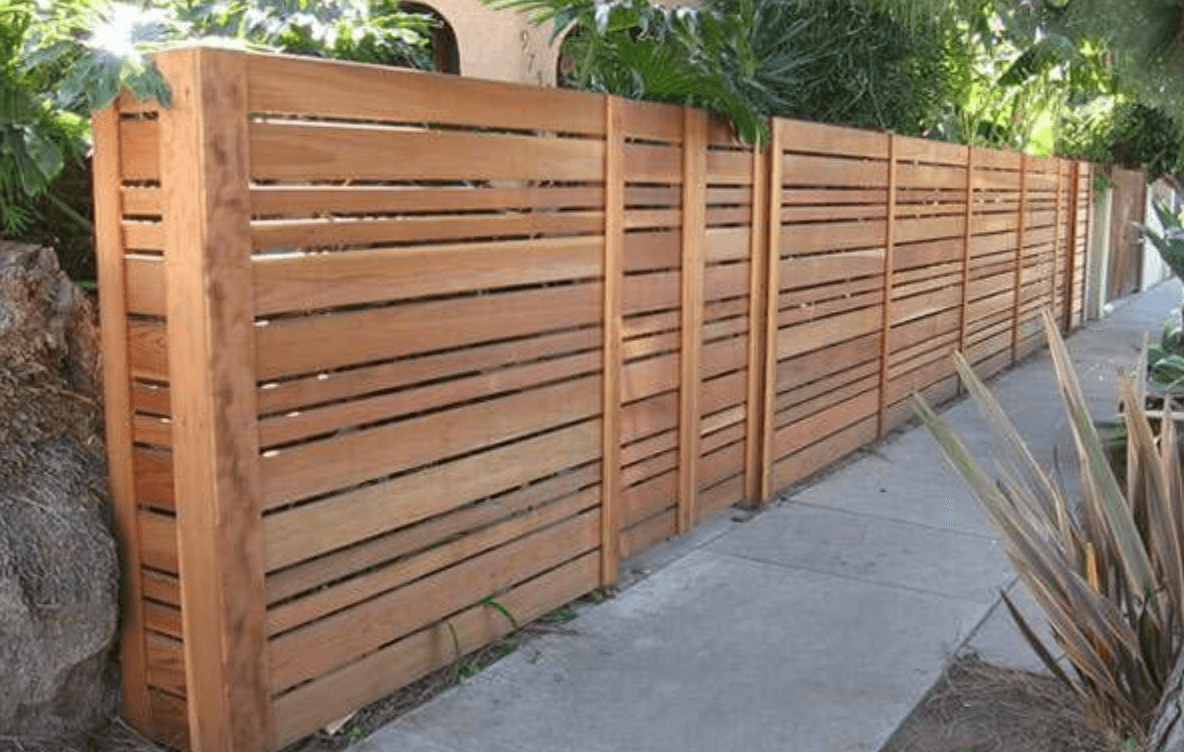All Categories
Featured

When it pertains to choosing the best fencing product for your property, wood, vinyl, and light weight aluminum are among the most preferred alternatives. Each material provides unique benefits that fit various demands, preferences, and budget plans. Understanding the pros and disadvantages of each kind can help you make an informed choice based upon your priorities, whether that's aesthetic charm, sturdiness, or maintenance demands. Listed below, we damage down the benefits and disadvantages of these three typical fence materials.
Wood Fencing. Pros:
Aesthetic Appeal: Wood fences supply an all-natural, classic appearance that complements most types of landscaping and design. They can be quickly personalized with paint or tarnish, giving you the freedom to create the perfect color and surface for your building. Adaptability: Timber can be made use of to create a variety of fence styles, from conventional picket fences to extra modern styles like personal privacy fences or rustic ranch-style fencings. If your needs alter, it's very easy to modify or add to over time. Price: Timber is normally much more budget-friendly than plastic or light weight aluminum, making it an eye-catching option for property owners on a budget. The preliminary expense of a wood fencing is generally reduced than the various other materials. Cons:

Maintenance Requirements: Wood fences require routine maintenance, including staining, securing, or painting to secure them from weathering, rot, and insect damages. Without proper treatment, wood can wear away promptly. Longevity: Wood is prone to damage from parasites like termites, and it can warp, fracture, or split gradually due to direct exposure to the components. In locations with severe weather, timber may need to be replaced more frequently than other products. Limited Lifespan: While timber fencings can last for several years with appropriate care, they generally have a shorter lifespan than vinyl or light weight aluminum fences. Vinyl Fence. Pros:
Reduced Upkeep: Among the biggest benefits of vinyl fencing is its reduced maintenance requirements. Unlike wood, plastic doesn't need to be painted, discolored, or secured. It's resistant to fading, cracking, or warping, making it ideal for property owners who want a problem-free fence. Longevity: Vinyl fences are highly resilient and immune to the components, including UV rays, rainfall, and moisture. They're also unsusceptible insects, such as termites, that can damage timber fences. Range of Styles: Vinyl fences been available in a vast array of colors and designs, and lots of imitate the appearance of timber without the maintenance downsides. You can pick from privacy fencings, picket fences, and more to match your demands. Long Life expectancy: With correct care, plastic fences can last decades, far longer than timber fences, and they include guarantees that supply assurance. Cons:
Higher Preliminary Price: While vinyl fencings can save money on upkeep for many years, they tend to have a higher ahead of time price than timber fences, which might be a deterrent for some customers. Restricted Customization: While vinyl fences are offered in a selection of colors and designs, they lack the customization flexibility that timber gives. You're limited to the pre-designed panels readily available, which might not fit every distinct visual. Prospective for Cracking in Cold Climates: In severe cool temperature levels, vinyl fences can come to be weak and may fracture under effect, making them less ideal for locations with freezing winters. Light weight aluminum Fencing. Pros:
Longevity and Strength: Aluminum is a lightweight yet solid product that stands up to rust and corrosion, making it excellent for coastal locations or areas with high humidity. Aluminum fencings call for very little upkeep and can endure the elements for lots of years. Visual Charm: Aluminum fences offer a streamlined, modern-day appearance. They can be found in a range of decorative designs and can be used to produce a more classy or modern seek your residential property. Reduced Upkeep: Light weight aluminum fencings don't need painting or securing, and they're immune to corrosion and deterioration, making them exceptionally reduced maintenance over time. Protection: Light weight aluminum fencings offer a greater degree of safety and security compared to vinyl or wood fences due to their tough construction. They can be outfitted with gates and locks to give a safe and secure limit around your residential or commercial property. Cons:

Price: Aluminum fencings are typically much more expensive than wood or plastic fences, both in regards to materials and installation expenses. This greater cost point can be a downside for budget-conscious home owners. Less Personal privacy: Aluminum fencings generally have an even more open layout, with pickets spaced apart to permit exposure via the fence. This might not be the finest option for your home if personal privacy is a concern. Prone to Denting: While light weight aluminum is rust-resistant, it can still be nicked or curved if struck with force, such as by an automobile or hefty tools. While it will not rust, it could not keep its beautiful look if it obtains harmed. Which Material is Right for You? Choosing the finest fence material depends on your particular needs, spending plan, and long-lasting strategies for your building. On the other hand, if you require a durable, safe fence with a streamlined look, aluminum might be the ideal product for you.
Ultimately, consider your environment, upkeep choices, and aesthetic desires when choosing your fence product. Each alternative has its weak points and strengths, but with the best care and installment, all three can provide trustworthy and attractive limits for your building.
Latest Posts
Uncover the Premier Auto Repair Offers in Montclare, Chicago
Published May 28, 25
1 min read
Improve Your Residential Property with Expenses Door Solution
Published May 23, 25
1 min read
Discover Reduce Expenses on Car Maintenance with Montclare Auto Repair’s Special Deals
Published May 18, 25
1 min read
More
Latest Posts
Uncover the Premier Auto Repair Offers in Montclare, Chicago
Published May 28, 25
1 min read
Improve Your Residential Property with Expenses Door Solution
Published May 23, 25
1 min read
Discover Reduce Expenses on Car Maintenance with Montclare Auto Repair’s Special Deals
Published May 18, 25
1 min read